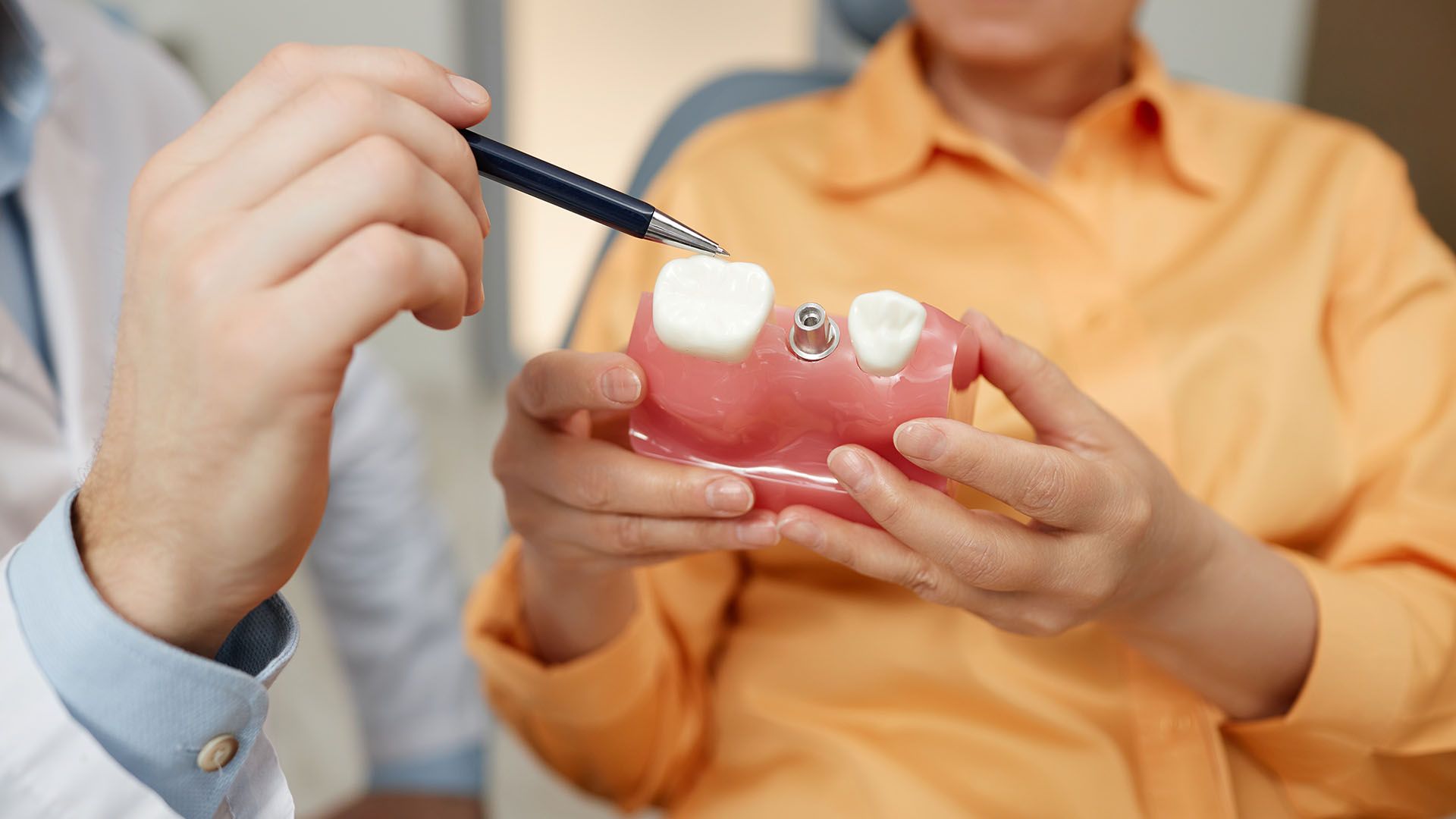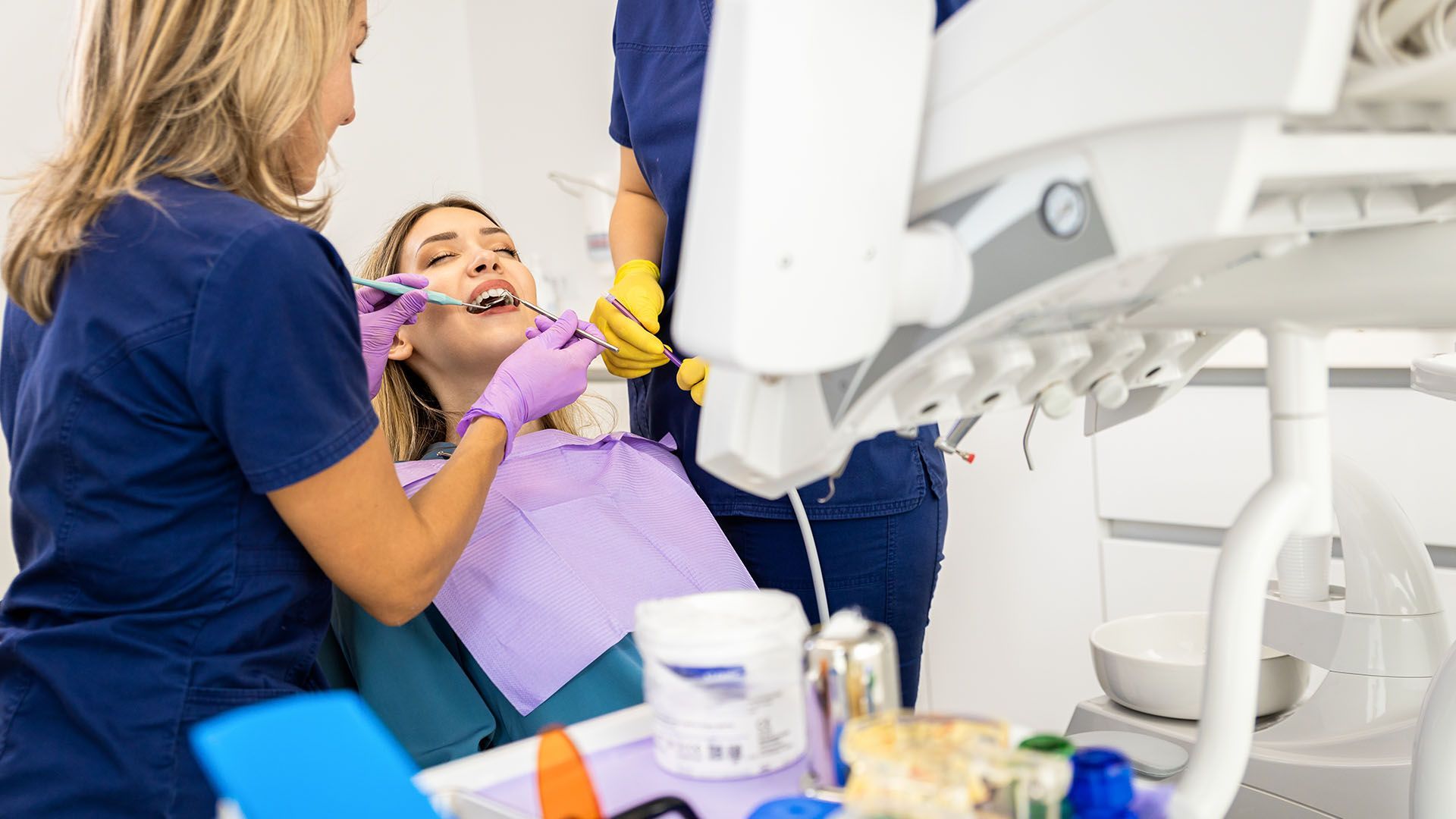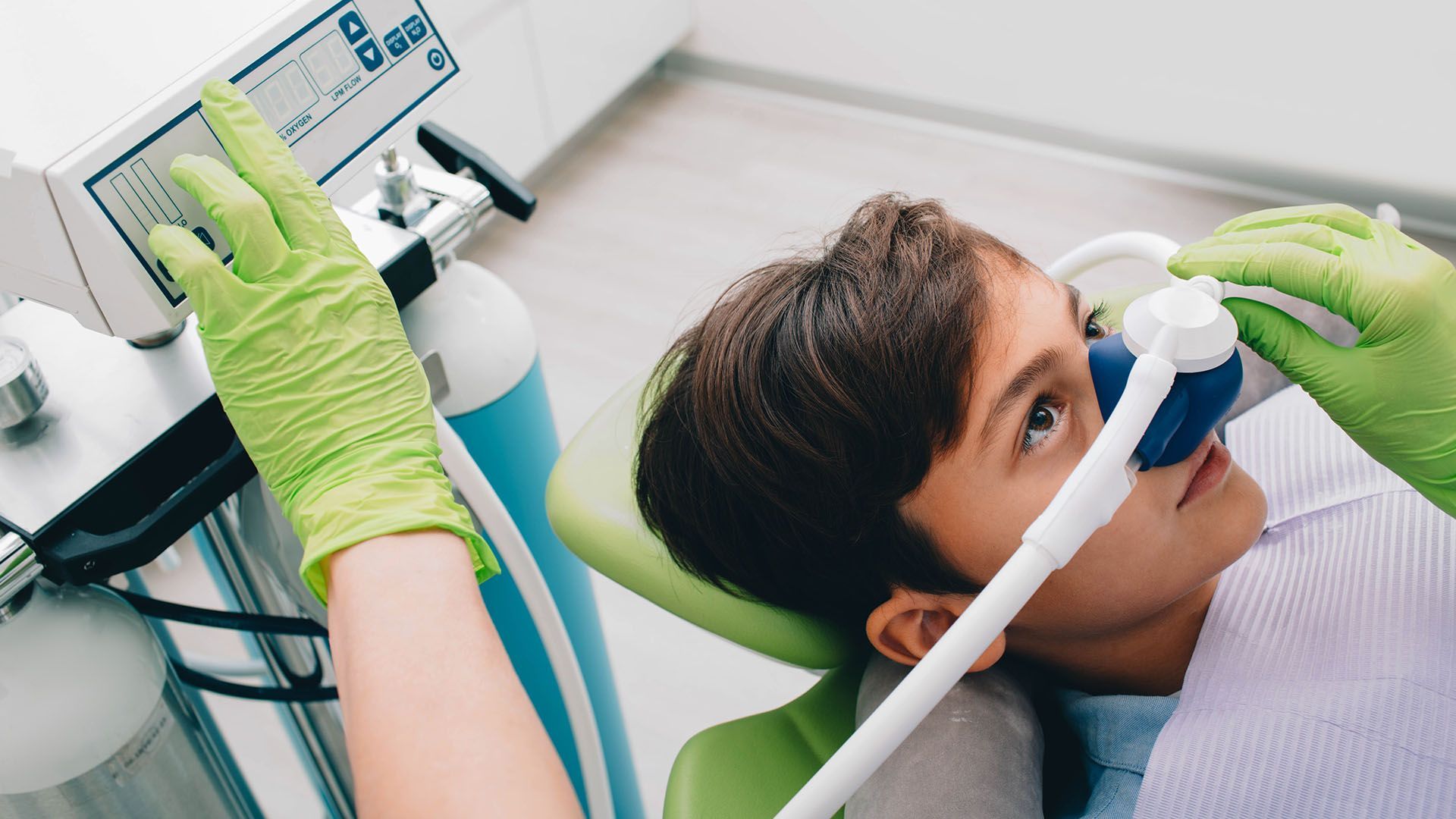Temporary Teeth with All-on-4 Implants: How They Work & What to Know

At West Valley Dental, our implant team has advanced training in full-arch, implant-supported restorations and routinely plans and restores All-on-4 and All-on-6 cases. We use digital imaging, guided surgery, and evidence-based protocols to place immediate temporary dental prostheses safely. This article gives you clear, clinical answers first, and then explains the “why”, so you can make confident decisions with a trusted, qualified provider.
What All-on-4 Is and Why Temporaries Matter
All-on-4 uses four strategically placed dental implants to support a fixed, full-arch bridge. Temporary teeth (a provisional bridge) are attached soon after surgery so you have a same-day or next-day smile while your implants heal.
Full-arch, implant-supported restoration (overview)
All-on-4 is a full arch restoration that replaces an entire row of teeth with a fixed bridge connected to implants. Two implants are usually placed toward the front of the jaw and two are angled in the back to maximize available bone. Compared with removable dentures, the result is a bridge that doesn't come out at night and gives stronger chewing and better confidence.
Immediate loading concept and same-day smile (context)
“Immediate load implants” means your implants can support a provisional teeth bridge soon after placement. This is why many patients leave surgery with a fixed temporary acrylic teeth bridge. The temporary protects the implants, guides your bite, and lets you heal with a natural look.

What “Temporary Teeth” Means in All-on-4
Your temporary is a fixed, screw-retained bridge you wear during healing. It looks like your final teeth, but it’s lighter and easier to adjust.
Provisional bridge vs. final prosthesis
- Temporary bridge (provisional): Worn for several months during
dental implant recovery. It allows easy adjustments to
occlusion (bite), shape, and speech.
- Final prosthetic restoration: Made after healing when your implants are stable. It’s stronger, more customized, and built for long-term use.
Materials and construction (acrylic/PMMA, titanium bar options)
Most temporaries are made from acrylic/PMMA for comfort and quick modification. Some cases use a reinforced substructure. Final bridges may upgrade to zirconia or a hybrid (titanium bar with layered materials) for durability and refined esthetics.
How temporaries are attached and adjusted (occlusion, fit, esthetics)
The provisional is typically screw-retained on the implants. Your clinician adjusts bite points, length, and contour to support your lips and speech. Minor chips can be repaired chairside. The goal is stable function while tissues heal.
The Treatment Timeline
Surgery day often includes extractions and implant placement, followed by a same-day or next-day provisional. Healing typically takes 3–6 months before your final bridge.
Day of surgery: extractions, implant placement, impressions/scans
On surgery day, any failing teeth are removed. Implants are placed using digital guides or intraoral navigation. Impressions or digital scans are taken to create your temporary.
Delivery of the provisional bridge (same-day or next-day protocols)
Many patients receive the temporary same day. Some clinics deliver it next day to allow extra lab refinement. Either way, you leave with a fixed smile, not a removable denture.
Healing phase milestones (weeks 1–2, weeks 3–8, 3–6 months)
- Weeks 1–2: Swelling and tenderness are normal. Soft-food diet, gentle hygiene, and short follow-ups.
- Weeks 3–8: Tissues calm down. Speech and chewing improve. Minor adjustments as needed.
- 3–6 months: Bone integrates with implants (implant stability). You’ll be ready for try-ins for your final bridge.
Transition to the final bridge (try-ins, bite refinement, delivery)
Your team will refine tooth shape and color, verify bite, and check cleansability. Once everything matches your goals, the final prosthesis is delivered and secured.
What to Expect Wearing Temporary Teeth
Straight answer: Your temporary looks natural, but you’ll follow a soft-food plan and may need small adjustments for comfort and speech.
Look and feel (speech adaptation, lip support, esthetics)
The temporary is designed to support your lips and smile line. Some people notice a brief lisp; simple exercises and small contour adjustments usually resolve this quickly.
Biting and chewing guidelines (soft-food diet, force control)
During healing, think “soft and small.” Choose tender proteins, cooked veggies, eggs, yogurt, and pasta. Avoid hard crusts, nuts, ice, tough meats, and sticky foods. This protects osseointegration.
Comfort, adjustments, and follow-up visits
Minor pressure spots, clicking, or high bite areas are common early on. Quick chairside adjustments relieve symptoms and keep forces balanced.
Care and Maintenance During the Provisional Phase
Straight answer: Brush twice daily, clean under the bridge, and use antiseptic rinses as directed. Protect the prosthesis at night if recommended.
Daily hygiene (brush types, water flossers, rinses)
Use a soft brush and non-abrasive toothpaste. A water flosser on low-to-medium power helps flush plaque. Your clinician may suggest an alcohol-free antiseptic rinse during the first weeks of post-op implant care.
Cleaning under the bridge (floss threaders/brushes/irrigation)
Use floss threaders, super floss, or small interproximal brushes to reach under the bridge. Angle your water flosser tip to sweep from front and back. Keeping the underside clean reduces irritation and bad breath.
Protecting the prosthesis (nightguards, activity precautions)
If you clench or grind, a custom nightguard protects the temporary and your implants. Avoid biting pens and opening packages with your teeth. Wear a sports mouthguard for contact activities.
Common Issues and How They’re Managed
Straight answer: Most problems are minor chips, sore spots, or bite imbalances and are fixable in a short appointment.
Temporary bridge fractures, chipping, or wear
Acrylic temporaries can chip or wear. Repairs are routine and often done chairside. Reinforcing high-stress areas and sticking to a soft diet lowers the risk.
Soreness, pressure points, and bite imbalances
Tender spots usually come from uneven pressure. Your dentist will adjust contacts and polish rough edges. Balanced bite = happier tissues.
Implant site swelling, bruising, or early complications
Swelling and bruising peak in 48–72 hours and then improve. Follow your medication and cold-compress plan. If you notice persistent pain, increasing swelling after day three, or drainage, call your clinic right away.
When to call the clinic and what fixes look like
Contact the team if your bridge feels loose, you hear a new clicking, or a chip exposes sharp edges. Most fixes involve retightening screws, smoothing acrylic, or repairing a small area of the bridge.
All-on-4 vs. All-on-6 in the Temporary Phase
Straight answer: Both can support a temporary. All-on-6 may provide extra stability in certain jaws, but many patients do great with All-on-4 when planned properly.
Stability considerations and immediate load candidacy
Immediate loading depends on bone quality, implant length and torque, and how well the implants are spread. More implants can help in softer bone, but smart angulation and cross-arch connection are just as important.
How implant number/position can influence the provisional
With All-on-6, chewing forces are shared across six fixtures, which can reduce stress on the temporary in some cases. With All-on-4, careful design, balanced bite, and diet guidelines protect the provisional just as effectively for many patients.
Candidacy, Planning, and Expectations
Good candidates have enough bone, stable health, and are willing to follow healing rules. Digital planning improves accuracy and outcomes.
Who qualifies for immediate temporaries (bone, health, habits)
Ideal candidates maintain controlled medical conditions, do not smoke (or are willing to stop), and have sufficient bone volume, or are open to grafting options. Bruxism and severe bite issues don’t rule you out, but they may change your design.
Imaging and digital planning for accurate fit
3D cone beam scans, photos, and digital bite records guide implant positioning and smile design. This planning supports safe immediate loading full-arch dental implants and a well-fitting temporary.
Setting realistic goals for esthetics and function
Your temporary is a stepping stone, not the finish line. Expect a great look and function for soft foods. The final bridge brings upgraded materials, refined speech, and long-term durability.
From Temporary to Final: What Changes
The final bridge upgrades strength, precision, and polish. Your bite and speech are fine-tuned based on everything learned from the temporary.
Material upgrades (zirconia/hybrid options)
Final options include monolithic zirconia for strength and stain resistance, or hybrid designs with a titanium bar for rigidity and layered esthetics.
Fine-tuned esthetics, phonetics, and bite
Your team uses feedback from the provisional, how you talk, smile, and chew, to refine tooth shape, gum contour, and bite contacts. The aim is a natural look with balanced forces.
Long-term maintenance and recall schedule
Plan on professional cleanings and checks several times a year, plus routine screw checks. Daily home care stays similar, brush, irrigate, thread, and protect against grinding.
Cost and Value Considerations (Brief)
The provisional phase is typically included in full-arch treatment. Extra costs may occur for repairs, nightguards, or extended follow-ups.
What’s typically included in the provisional phase
Consultation, imaging, extractions, implants, the temporary bridge after All-on-4 implants, and scheduled adjustments are often bundled. Ask for a written plan that outlines each step and what's included. Learn more about our insurance and financing options.
Potential add-ons for adjustments/repairs
Fees can apply for accidental damage, lost nightguards, or multiple unscheduled visits. Clarify coverage for chips, screw loosening, or temporary remakes.
Patient Tips for a Smooth Recovery
Follow your soft-food plan, keep the bridge clean, use your meds as directed, and call if something feels off.
Diet progression and speech exercises
Start with liquids and very soft foods, then progress to fork-tender items as comfort allows. Read aloud for 5–10 minutes a day to smooth any speech changes.
Do’s and don’ts during healing
Do: Brush gently, irrigate under the bridge, wear a nightguard if prescribed, attend follow-ups.
Don’t: Bite hard foods, chew ice, use tobacco, or skip hygiene, these raise the risk of problems.
Conclusion and Next Steps
All-on-4 dental implants temporary teeth give you a confident smile right away while your implants heal. With smart planning, steady home care, and regular checks, the transition to your final bridge is smooth and predictable.
Key takeaways about temporary teeth with All-on-4
- The temporary is fixed, protective, and adjustable.
- Healing lasts about
3–6 months before the final bridge.
- Soft foods and good hygiene protect your implants and gums.
- Most issues, chips or sore spots, are quick to fix.
Consultation call-to-action and personalized treatment planning
Every mouth is unique. A short evaluation with imaging lets us confirm candidacy, discuss All-on-4 vs. All-on-6, and tailor your timeline, materials, and budget.
Ready to learn if All-on-4 is right for you? Contact West Valley Dental to schedule a no-pressure consultation. We'll review your scans, outline your provisional-to-final plan, and answer your questions in plain language, so you can move forward with clarity and confidence.











